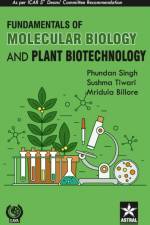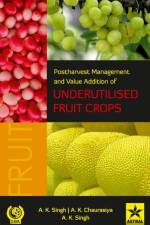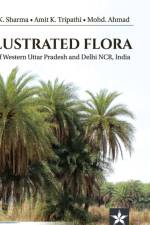- Pome and Stone Fruits Vol 1
av S K Mitra
1 621
This book was first published in 1991 and was well received by students, teachers and researchers in many universities and institutes in India and abroad. In the past 28 years (since its first publication), tremendous progress have been made in temperate fruit research, notably in developing varieties and rootstocks, canopy management, understanding the flowering physiology, storage technology, biological control of pests and diseases, resistance breeding, biotechnology, etc., Revision of the book with updated information was considered necessary. In the process of a comprehensive literature survey it was felt impossible to compile all the information in one volume. This enlarged edition on temperate fruits is, therefore, published in tow volumes. The first volume consists of pome and stone fruits (apples, pears, peaches, plums, apricots and cherries) in more than 550 pages. The second volume deals with temperate nuts and berries (almonds, chestnuts, hazelnuts, pecans, pistachios, walnut, strawberries, currants, gooseberries, raspberries, blueberries and cranberries) in about 650 pages. Apart from through revision with updated scientific information on various aspects of mentioned pome, stone, nuts and berries, substantial reorganization of the text has been made. Emphasis has been laid to include released cultivars and rootstocks, recent trends in propagation and orchard management, pruning and canopy management, nutrition and tissue analysis, water management, improved technology for harvesting, postharvest handling, storage and ripening. Special emphasis has been laid to include the development in breeding and improvement through biotechnological approaches like molecular markers, genetic transformation, genetic map and microbes for N and P input. Other information like organic production technology, protected cultivation and impact of climate change are included, where sufficient information is available. Though the subject is vast, this two volumes book presents the concepts in a condensed, informative and lucid manner. It will be immense help to the students, teachers and researchers of horticulture, plant science, plant physiology and plant protection.






























